Belle da Costa Greene has long been a prominent figure in the world of rare books and manuscripts, ever since the banker and financier J.P. Morgan hired her as his personal librarian in 1905. She was as tireless and ambitious as her boss, and she aimed to make his library the greatest in the world: “I hope to be able to say some day that there is neither rival nor equal.” Her early training in Princeton’s special collections gave her a grounding in illuminated manuscripts and early printed books, and she pursued those prizes aggressively for Morgan. In 1911 she made international headlines when she placed the winning auction bid for the only complete copy of the English printer William Caxton’s 1485 Le Morte d’Arthur, prompting The New York Times to observe that “Miss Belle Greene can spend more money in an afternoon than any other young woman of 26 in New York City.” After Morgan’s death in 1913 Greene worked alongside his family to establish the Pierpont Morgan Library as a public institution. She served as its first director from 1924 until her retirement in 1948, continually expanding access to its growing collections, not only for scholars but for the people of New York.
Half a century later the historian Jean Strouse, in researching her 1999 biography of Morgan, uncovered Greene’s birth certificate. Strouse confirmed what had long been whispered: Belle da Costa Greene was not, as she breezily maintained, the product of distant Portuguese heritage and “grand Southern blood,” but African American, the daughter of two well-educated parents of mixed race in Washington, D.C. Heidi Ardizzone’s biography An Illuminated Life (2007) was the first attempt to chronicle the transformation of young Belle Marion Greener into Belle da Costa Greene, who passed into white society at the turn of the twentieth century.
The attributes that enabled Greene to bluff her way across the color line were the same ones that made her a formidable negotiator and advocate for Morgan’s library: ambition, discipline, nerve. She read a room with the same practiced eye she brought to a Carolingian manuscript or a Franco-Flemish Psalter. A conservator who worked with Greene at the Morgan recalls “her uncompromising desire for the truth—an active and fearless curiosity about the object as it actually was, devoid of crafty repairs or pompous enhancements. Pretense or evasion of any kind she found intolerable.” Greene’s clear-eyed evaluation of the books and manuscripts in her care provided a cover for the deflection she practiced in her personal life.
The fascination with Greene is driven by all that we don’t know about her: her motives, her compensations, her regrets. In 1916 she told The Evening Sun, “I knew definitely by the time I was twelve years old that I wanted to work with rare books. I loved them even then, the sight of them, the wonderful feel of them, the romance and the thrill of them.” In 1896, when she was seventeen, she was admitted as a scholarship student of mixed race to the Northfield Seminary for Young Ladies, now Northfield Mount Hermon, hoping “to fit for Librarian.” At some point over the next few years she decisively reinvented herself as white, along with her light-skinned mother and siblings (all of whom changed their surname from Greener to Greene around this time), but we have no real idea what part she played in that family decision: Did she push for it, or was she swept along? In any event, by 1901 the newly styled Belle da Costa Greene had made her way to Pyne Library at Princeton, where no Black librarians needed apply. There she met Junius Spencer Morgan II, who introduced his energetic young colleague to his uncle.
There is no question that Greene’s rapid ascent in the elite world of rare books and manuscripts depended on her presenting herself as white, first at Princeton and then to J.P. Morgan, whether she was wholly believed or not. (The American collector Isabella Stewart Gardner called Greene a “half-breed” in a 1909 letter, revealing that skepticism about her background didn’t prevent her from passing, as long as Morgan declined to notice.) From the moment she accepted Morgan’s job offer, there was no turning back: she had placed herself in a position to support her family, and to expose them all as well. Passing for white gave Greene the freedom to pursue her intellectual passions at the highest level but foreclosed other possibilities: the fellowship of her childhood community; a renewed connection with her estranged father; even children of her own (since it would blow her cover if they turned out to be dark-skinned).
In the years since Ardizzone’s biography, historians have worked to fill the gaps in her story, with little help from Greene. A great flirt, she played at being outrageous but gave very little away, and she had no patience with interviewers. (When asked if she and Morgan had been lovers, she famously shot back, “We tried.”) Her personal letters are masterpieces of plausible deniability. When the Metropolitan Museum of Art purchased a painting that she was sure was a fake, she dismissed the Met’s curators: “None of them would have brains enough to reject me as a ‘forgery!’” She once reported that she had started a diary in which “I write things I hardly dare think,” but she burned her papers before her death. The tension between Greene’s documented achievements, as one of the most public of all American librarians, and her largely unrecorded, closely guarded inner life has made her an inexhaustible subject of speculation.
That inner life is at the center of two recent historical novels whose plots hew closely to the known facts of her biography. The Personal Librarian by Marie Benedict and Victoria Christopher Murray, dealing with Greene’s early years working with Morgan, is earnest and expository, imagining Greene as a plucky ingenue continually overcoming bouts of anxiety in ballrooms. (Morgan bursts onto the scene every thirty pages or so, like Kramer into Jerry Seinfeld’s apartment, demanding, “Where’s my damned Caxton, Belle?”) The French writer Alexandra Lapierre’s Belle Greene is more nuanced and ambitious, covering the long arc of her career. In Lapierre’s telling, the worldly Greene operates within a recognizable network of librarians, collectors, and dealers, a backdrop that gives her choices more weight.
During the Morgan’s six-month closure in the first year of the Covid-19 pandemic, the museum staff worked from home to transcribe nearly six hundred digitized letters from Greene to the art historian Bernard Berenson, her sometime lover and lifelong friend. The letters to Berenson are by far the most significant group of Greene’s surviving personal papers and are the subject of Deborah Parker’s Becoming Belle da Costa Greene, which documents her emerging sense of herself as a critic in conversation with Berenson, another unreliable narrator with a great eye. In the Morgan Library and Museum’s exhibition “Belle da Costa Greene: A Librarian’s Legacy” and its accompanying catalog, the confidential, gossipy voice in those letters is juxtaposed with her tone as director. The curators Erica Ciallela and Philip Palmer place her life and work in a series of larger settings: the emerging Black middle class during Reconstruction, the color line in American fiction and film, the politics of first-wave feminism and suffrage, the modern art market, and the rise of Black librarianship under Jim Crow.
The Morgan could not have asked for a more photogenic avatar. In her early years on the job, Greene drove a Pierce-Arrow convertible, drank and smoked with abandon, and cut a flamboyant figure after hours in her Fortuny gowns: “Just because I am a librarian doesn’t mean I have to dress like one.” The exhibition features glamour shots of Greene by E.W. Histed, Clarence Hudson White, and Adolph de Meyer; Paul-César Helleu’s dashing chalk drawing; and Laura Coombs Hills’s ivory miniature of Greene wrapped in a saffron shawl, an image that Greene herself described as à la “Egyptienne.” Alongside her major acquisitions for the Morgan, the claw-foot desk and card catalog built to order, and the ledger in which she entered each new book and manuscript by hand, highlights from Greene’s personal collections underscore her rarefied tastes: a head of a bodhisattva from the Northern Qi dynasty, an illuminated Turkish Quran, a nude by Henri Matisse purchased at Alfred Stieglitz’s 291 gallery.
But while the exhibition celebrates her dynamic style and joie de vivre, it also reveals the unrelenting demands of her job. When she arrived on Morgan’s doorstep in 1905, his collection of 10,000 books was uncataloged, scattered among multiple locations, awaiting the creation of an inventory. Over the years she imposed bibliographic order on the sprawling holdings, sold off peripheral material at a profit, and built the core collections for which the Morgan remains best known today: illuminated manuscripts, important incunabula (including the sixteen Caxtons that Greene secured the night before they went up for auction at Sotheby’s in 1908, her first international coup), fine bindings, old master drawings, and working drafts of major books by the likes of Edgar Allan Poe, Honoré de Balzac, Charles Dickens, and Elizabeth Barrett Browning. She oversaw almost fifty public exhibitions drawn from the Morgan’s holdings, many of them blockbusters, including a 1924–1925 exhibition of original manuscripts by English writers and the “Masterpieces of Art” exhibition at the 1939 World’s Fair in New York City.
Greene’s great love was the medieval world, an enduring interest that animated not only her acquisitions for the library but her personal collecting and style. Her early focus on European manuscripts expanded to encompass a broader view of the Middle Ages, sparked in part by her visit in 1910 to the “Masterpieces of Islamic Art” exhibition in Munich, which she and Berenson explored together. Under Greene, who assembled an international team of advisers, the Morgan Library built important collections of Islamic, Coptic, Ethiopian, Armenian, Ottoman, Indian, and Persian manuscripts.
In the fall of 1933 she curated an exhibition of the Morgan’s illuminated manuscripts from around the world in the Central Hall of the New York Public Library, which was extended through the spring of 1934 to accommodate the thousands of New Yorkers who lined up to visit: not only traditional museumgoers but, as one observer reported, “many girls and boys who are obviously students and an appreciable number of illiterate persons.” Greene saw this unexpectedly popular show as a promising example of “scholarly work which the Public—or ‘Peepul’ are the first to recognize (witness the largest exhibition attendance which the N.Y.P.L. has ever had).” When she was elected to the Medieval Academy of America in 1938, one recommender noted, “Miss Greene has no academic degrees, but she has done more than anyone else to foster and add to the publication of material in the field of the Middle Ages.”
At the same time that Greene’s triumphant exhibition of illuminated manuscripts was on view in the main hall of the New York Public Library, the collector Arturo Schomburg curated a small show of African American abolitionists and artists on the first floor, remarking, “Think of it! The rich and the poor are almost in juxtaposition on Fifth Avenue.” Schomburg was part of an ambitious cohort of Black archivists and librarians who emerged at the turn of the century, devoted to preserving and promoting the history of the African diaspora, typically with little institutional support. His essay “The Negro Digs Up His Past” (1925) was a founding document of the Harlem Renaissance. The following year the New York Public Library purchased his personal collection of more than four thousand books, manuscripts, and works of art, which became the basis of the Schomburg Center for Research in Black Culture. The Morgan exhibition features a tribute to Schomburg, alongside pioneers like Catherine Latimer and Dorothy Porter Wesley, in a section devoted to Black librarianship, but more as an awkward counterpoint to Greene’s story than as an organic part of it.
There is no evidence that Greene knew or tried to know any of the major Black librarians of her day. She was, after all, trying to keep her past buried, not dig it up. The risk of recognition was all the higher for Greene because she had not emerged, Gatsby-like, from hardscrabble obscurity. Before her father, Richard Greener, left her family, he had been the first Black graduate of Harvard. A civil rights activist with a national reputation, Greener was the first Black professor at the University of South Carolina, the dean of Howard University Law School, and the US consul in Vladivostok. He was even the secretary of the Grant Monument Association during Morgan’s tenure as treasurer. No one knows if Greene’s Blackness went truly undetected by Morgan or just unremarked, but there is little doubt that observers among the African American elite knew exactly what Richard Greener’s daughter was up to.
While Greene made sure that the treasures of Morgan’s library were accessible to researchers of all backgrounds—a genuine commitment of her professional life—she kept her personal distance from the Black community. The exhibition makes much of her acquisition, at the end of her directorship, of a letter by Frederick Douglass, who had worked alongside Richard Greener on the Reconstruction-era newspaper New National Era. Was that purchase an attempt to honor her late father, who likely never saw her again after he left her family—a gesture toward the road not taken? Maybe so. But while a series of awards and fellowships in support of scholars, librarians, and booksellers of color are now named in honor of Belle da Costa Greene, there’s an irony in the fact that she herself could never have applied for any of them.
The most painful moment in the exhibition comes late. Frequently and somewhat comically pursued by suitors, Greene never started a family of her own. If she had married, she would have been expected to step down from her position at the library, an unthinkable prospect. Even if she had managed to keep her directorship after marriage, giving birth to an unambiguously Black child would have shattered her life. But Greene did have the experience of raising a child, and it was transformational. In 1921 she informally adopted her widowed sister Teddy’s two-year-old son, Robert (“Bobbie”) MacKenzie Leveridge, a “peach of a boy…a bit too blond to absolutely suit me.” Greene raised Bobbie as her own, sparing no expense on schooling, books, and travel. He attended Harvard but left before graduation and entered the air force in August 1941. During World War II he was stationed overseas as a bombardier and died in 1943 under mysterious circumstances, though Greene was informed that he had been killed in action.
In fact, Bobbie killed himself, which Greene suspected and probably lived to confirm. The father of his fiancée, Nina Taylor, had heard rumors and hired a detective to uncover the truth about Greene’s Black ancestry, a revelation that was evidently news to Bobbie. The Morgan exhibition text reads: “Using upsetting and racist language, [Taylor] wrote him a letter to call off their engagement and ask him to promise he would never have children.” The ominous vagueness of “upsetting and racist language” prompted me to look up Taylor’s letter to Bobbie, digitized in its entirety on the Archives of American Art website and excerpted in the exhibition catalog. It’s hard to isolate any individual passage in a document so wholly rotten with white supremacy, but the following lines leap out:
I shall quote a piece of a conversation which I think you will agree it would be very unfortunate for any child of ours to overhear. “I consider it an insult to be invited to meet Morgan’s nigger whore.” Imagine having to say to little Mac, yes, that is your Aunt Belle, dear.
Shortly before his suicide Bobbie gave Taylor’s letter to his friend Daniel Varney Thompson, a conservator at the Courtauld Institute of Art in London, and asked him to keep it. Greene, who considered Taylor “trash,” knew that the letter existed and asked Thompson to send her a copy in 1944. (We don’t know for sure whether she read the letter, but it is likely.) The loss of Bobbie was a blow from which she never recovered.
It’s entirely understandable that the curators, having spent almost a decade immersed in Greene’s achievements as “the soul of the Morgan library,” would decline to post the words “Morgan’s nigger whore” on the wall of the museum she loved, in an exhibition devoted to her legacy. But that brutal phrase snaps Greene’s world into focus in a way that the more measured historical background offered throughout the gallery does not. For all the velvet and jewels and tapestries, the old masters and illuminations and priceless books in her ledger, Greene occupied a precarious position and was a target of real contempt. She tried to protect her nephew from it, and she couldn’t, despite her accomplishments and salary and forty years of proximity to power.
It’s a tribute to the Morgan curators that they do not ultimately pass moral judgment, as some commentators have, on Greene’s decision to cross the color line, a decision that says so much more about the United States than it does about her. Belle Marion Greener today would enjoy professional opportunities that were closed to her a century ago: she could look to the librarian of Congress herself as a model. But the recent executive order aimed at “restoring merit-based opportunity” should remind us that the American tradition of defining merit in tacit opposition to Blackness is a long and tenacious one. As the words “diversity,” “race,” and “racism” are censored by government agencies and preemptively scrubbed by the private sector, we’re watching Blackness become unspeakable again. Belle Greene knew something about that. She deserved better, and so do we.




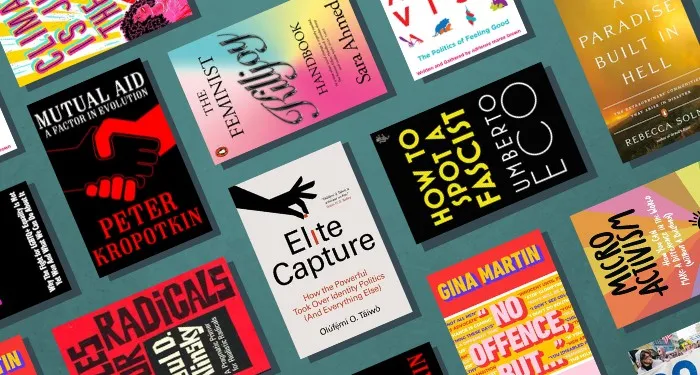




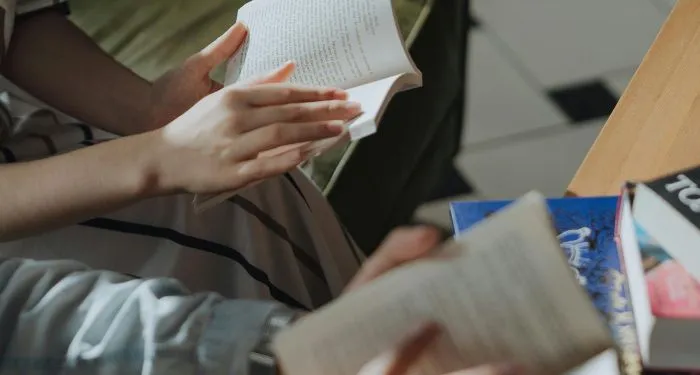




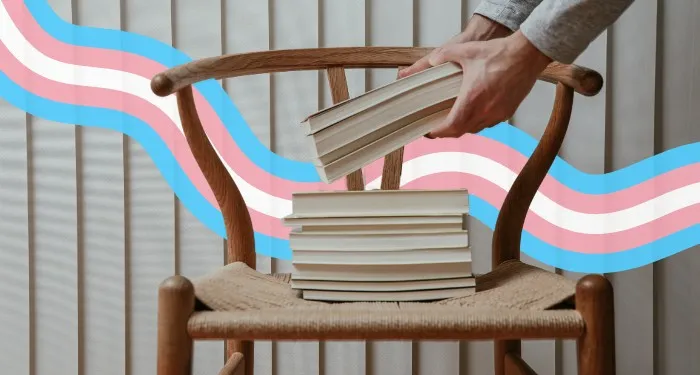
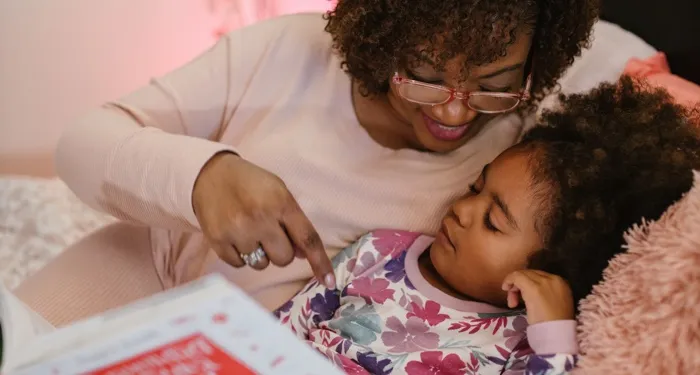
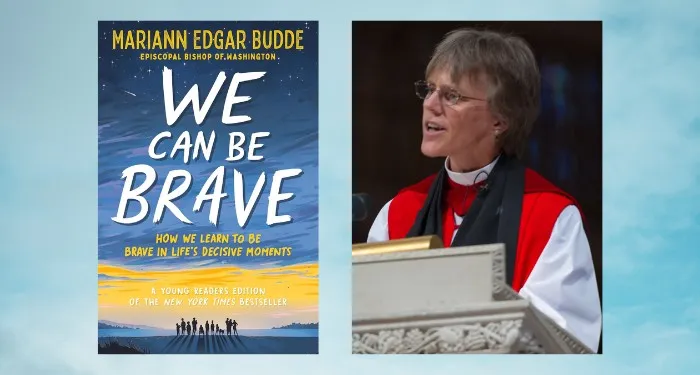

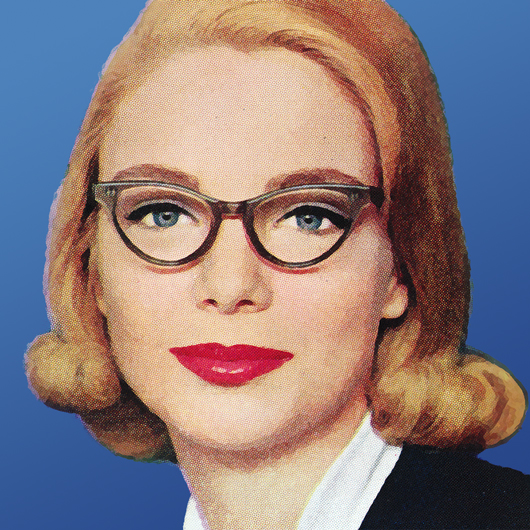

 English (US) ·
English (US) ·